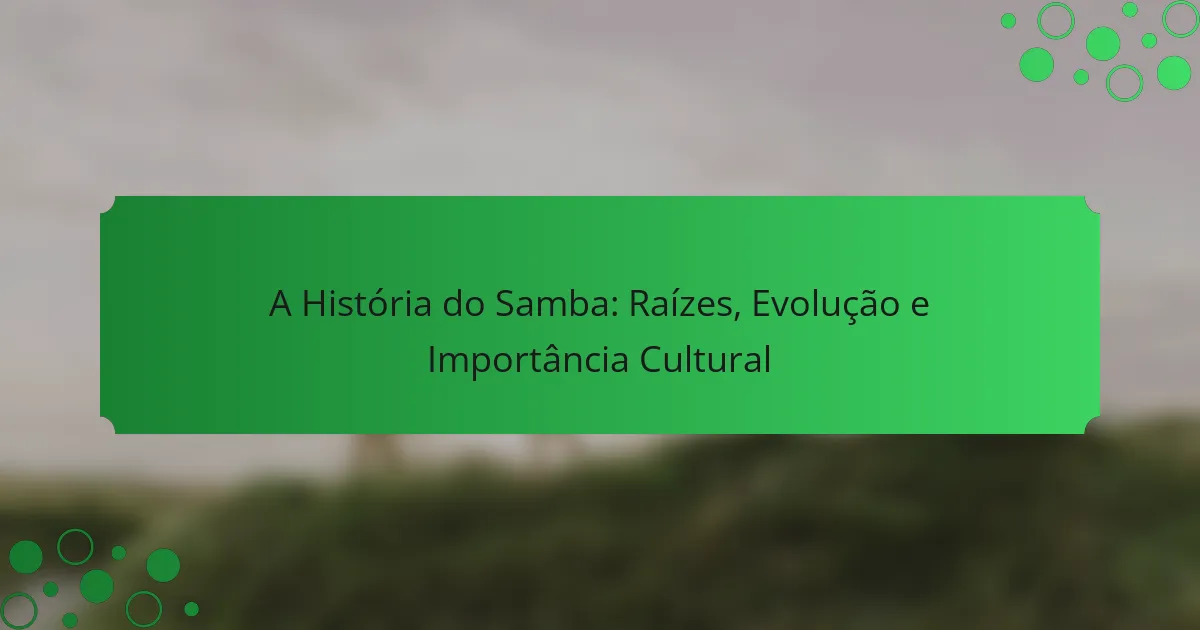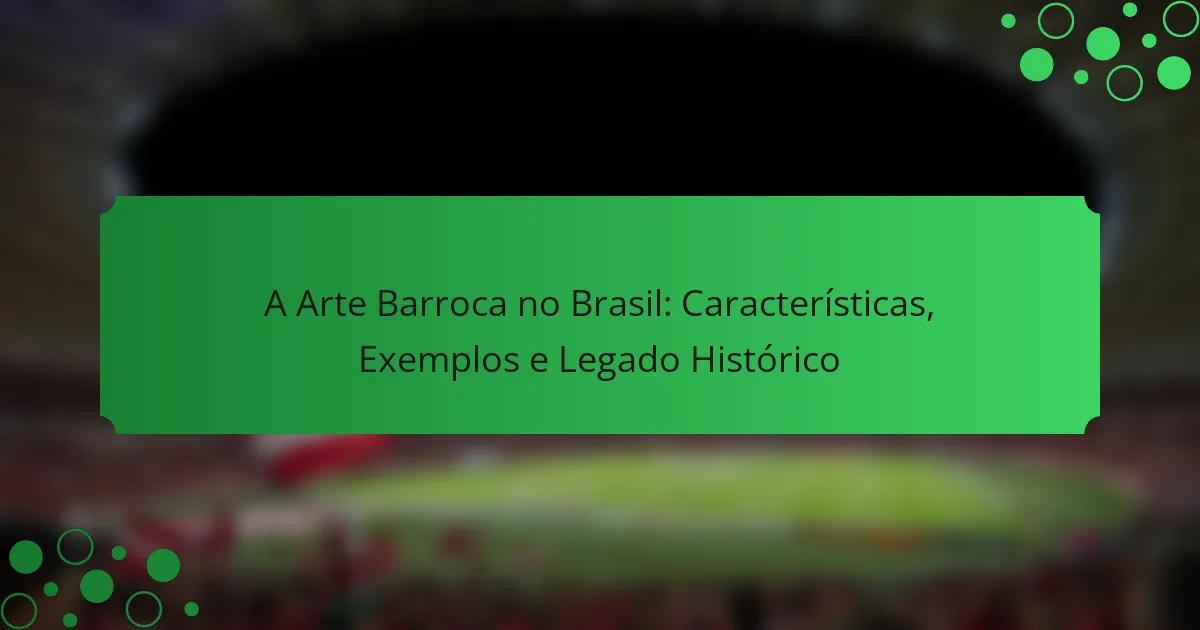Festa Junina is a popular Brazilian celebration that takes place in June, honoring Catholic saints, particularly São João. The festivities feature traditional dances such as quadrilha, xote, and forró, alongside regional attire like straw hats and checkered dresses. Food plays a central role, with typical dishes including pamonha, canjica, quentão, and pé de moleque, showcasing […]

A representação da natureza na literatura de Aluísio Azevedo e suas descrições vívidas.
Aluísio Azevedo is a prominent Brazilian author known for his vivid and detailed representations of nature in literature. His works, particularly “O Cortiço,” “O Mulato,” and “A Escrava Isaura,” showcase rich descriptions that reflect the social and cultural environment of his time. Azevedo often intertwines nature with the emotions and states of his characters, making […]

As características do Axé: ritmos, festivais e evolução ao longo dos anos
Axé is a Brazilian musical genre that blends samba, reggae, and rock, characterized by lively rhythms and festive lyrics. It is closely associated with the Carnival of Bahia, where it creates an atmosphere of celebration through vibrant choreography and typical instruments such as percussion, guitar, and keyboard. The genre gained popularity in the 1980s and […]

Design brasileiro: inovações, estilos e a fusão de cultura e funcionalidade
Design brasileiro is a creative expression that embodies Brazil’s rich culture and diversity, merging functionality with aesthetics to create unique products. It is characterized by innovation and the use of local materials, with prominent styles including modernism, minimalism, and sustainable design. Influential designers like Sérgio Rodrigues and Lina Bo Bardi have significantly contributed to this […]

A Influência da Cultura Indígena na Formação da Identidade Brasileira
Qual é a importância da cultura indígena na formação da identidade brasileira? A cultura indígena é fundamental na formação da identidade brasileira. Ela contribui para a diversidade cultural do país. Elementos como línguas, tradições e conhecimentos indígenas influenciam a cultura nacional. A presença indígena remonta à formação do Brasil, antes da colonização. Muitos hábitos alimentares […]

A História do Samba: Raízes, Evolução e Importância Cultural
Qual é a origem do samba? A origem do samba é ligada à cultura afro-brasileira. O samba surgiu no início do século XX, especialmente no Rio de Janeiro. Suas raízes estão nas tradições musicais africanas trazidas pelos escravizados. Elementos como o candomblé e as danças de roda influenciaram o samba. O gênero evoluiu a partir […]

Festa Junina: receitas típicas, danças e significados regionais
O que é a Festa Junina? A Festa Junina é uma celebração popular brasileira que ocorre em junho. Esta festa é uma homenagem a santos católicos, especialmente São João. Durante o evento, ocorrem danças típicas, como a quadrilha. As pessoas se vestem com roupas caipiras, como chapéus de palha e vestidos xadrez. A comida é […]

Festival de Parintins: lendas amazônicas, apresentações e rivalidade entre bois
O que é o Festival de Parintins? O Festival de Parintins é uma celebração cultural que ocorre anualmente na cidade de Parintins, Amazonas. Este festival é conhecido pela rivalidade entre dois bois, o Garantido e o Caprichoso. As apresentações incluem danças, músicas e encenações que retratam lendas da Amazônia. O evento atrai milhares de visitantes […]

A Revolta da Chibata: Causas, Personagens e Impacto na Sociedade
The Revolta da Chibata was a significant insurrection by Brazilian sailors in 1910, primarily composed of black and mulatto individuals protesting against physical punishments and poor working conditions in the Navy. The uprising began on the naval ship Minas Gerais and led to the government’s surrender, resulting in the amnesty of the rebels and the […]

A Arte Barroca no Brasil: Características, Exemplos e Legado Histórico
O que é a Arte Barroca no Brasil? A Arte Barroca no Brasil é um movimento artístico que se desenvolveu entre os séculos XVII e XVIII. Ele foi influenciado pelo estilo barroco europeu, adaptando-se às características culturais e sociais brasileiras. A arte barroca no Brasil se manifesta principalmente na arquitetura, escultura e pintura. Um exemplo […]